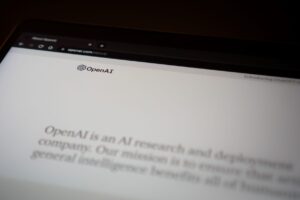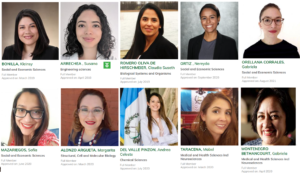Consortium strengthens information access in Kenya
Jacinta Were, an INASP associate based in Kenya, discusses how INASP and the Kenyan library consortium have worked together for well over a decade to support sustainable access to electronic research information in the country.
I’ve known and worked with INASP for the last 15 years, mainly to support research in Africa. When INASP started working in Kenya we had gone for about six years without subscribing to any journals because there was no budget. When we did subscribe to a journal, it was just one at a time, in print form, and it would often take two years to arrive. When INASP arrived and explained what they were planning to do we welcomed them, we said “Yes, this is really the right time!”
I can speak for my country when I say that INASP support has rejuvenated libraries in Kenya, which are now able to support researchers. INASP introduced us to electronic library research literature. We are now able to access over 46,000 electronic journals and books and the researchers; having been reluctant in the beginning, are now hooked on them.
The way INASP works has been a very different approach for us in Kenya, different from the donor-supported projects we are used to. INASP has helped us to take ownership of the whole project. For the last 15 years we’ve been working on making it ours and focusing on sustainability, which has been quite exciting and very successful.
INASP support in Kenya started with subscriptions to online journals. After years, due to the political situation, donors shied away from Kenya and it was at that point that INASP helped us to set up a library consortium – the Kenya Library and Information Services Consortium (KLISC). We’d never dreamt of supporting ourselves, but we now have over 100 members and are self-sustaining in many ways. We are able to subscribe to the journals ourselves as well as to engage in negotiations with publishers. Sustainability is about developing skills and capacity as our financial situation has not changed, so one of KLISC’s strengths is in being able to manage our limited budget to maximum effect.
INASP’s work in Kenya has given us a product in the form of electronic journals, and KLISC is able to supply that product. This has enabled libraries to become organized and visible and to place themselves at the centre of research within the institutions.
The consortium model has been so successful for enabling sustainable access to electronic library resources in Kenya that over the years we have tried to encourage other countries to establish consortia. There is a lot of potential out there; many countries have already started to work within this model. Some are well-developed and others are just starting out. In Africa, Kenya’s library consortium is one of the most developed and we realized that we could support other countries and consortia to grow stronger. With INASP support we have started to collaborate with the Consortium of Ethiopian Academic Research Libraries (CEARL). In the first six months of working together, a team from CEARL visited KLISC in Kenya to meet, learn and network. I then took on the role of a ‘mentor’ for the Ethiopian consortium, communicating between the two organizations and advising CEARL on how to build its strengths. Over the first six months we saw the Ethiopian Consortium grow and become more active; it has been a successful pilot. I would like to see replication of this in other countries to build more strong consortia in Africa. We have in mind the development of an electronic network to provide a platform for people to share South-to-South experiences, challenges and solutions in supporting research across the continent.■
———–
Jacinta Were has over 37 years’ experience of managing libraries, retiring from the University of Nairobi in 2015 where she served as Deputy Director in charge of library electronic services. She led the establishment of library consortia in Eastern and Central Africa including the Kenya Library and Information Services Consortium.

 Next Post
Next Post



Great work. Keep it up! This is very good but sounds meant for institutions of higher learning. Any plans for primary and secondary schools. On free times I interact with them and access to books is sometimes difficult.How about village resource centres for the youth?Can they be also assisted?